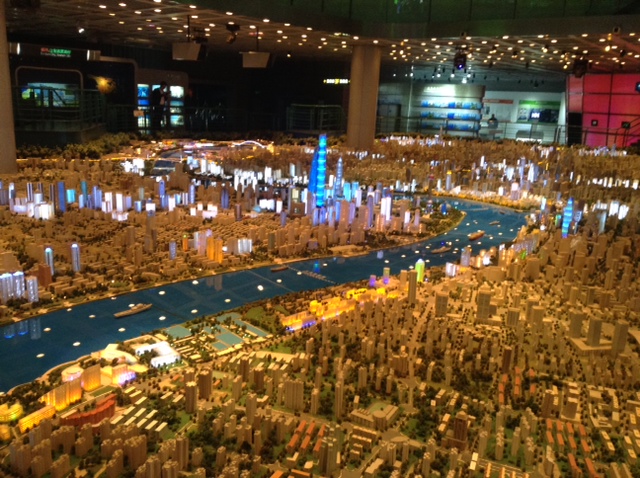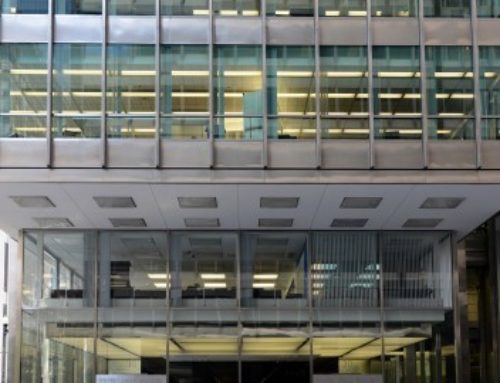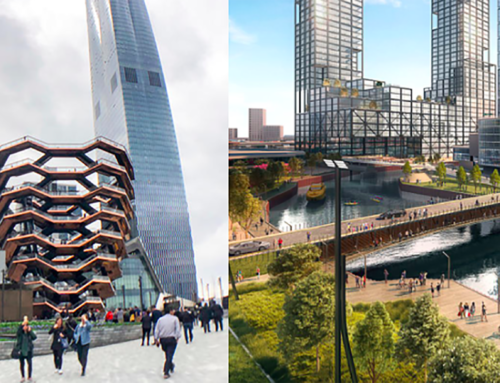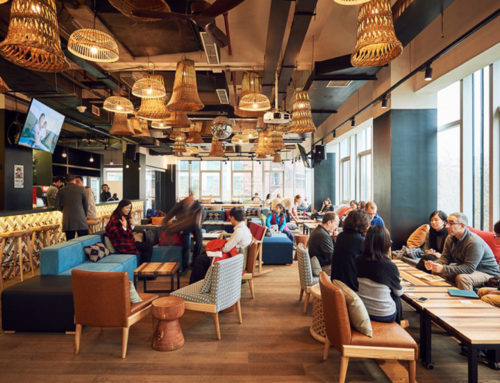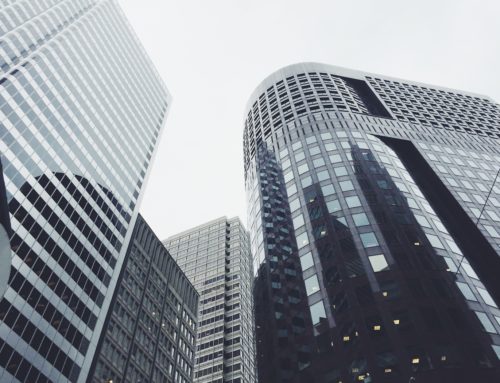I was in Shanghai recently to meet with a client who had just rented a large commercial space in a very expensive part of that city. An unexpected problem had come up with the property, they told me. With all the new construction going on in the surrounding area, their office building had taken on a rat problem of near-Biblical proportions. To combat this issue, which had affected both workforce morale and the wiring in the walls, the building issued every employee who worked there a rat trap on their desk — a strange benefit, to say the least.
It was one of many reminders I’ve gotten during my travels throughout Asia that even though we live in an ostensibly small and flat world, there remain variations in culture and custom that make it an occasionally frustrating but always fascinating place. Here are a few lessons I’ve learned about how their business environment differs from ours.
1. They’re Truly Global
As Americans, it’s easy to view globalization through red, white and blue lenses. After all, the whole world comes here to do business, and most of them speak English very well. But other major metros are modernizing and rising—literally, in the case of dizzyingly high skyscrapers in dozens of downtown districts throughout Asia. And they’re attracting vast amounts of financial and human capital that’s coming not only from Wall Street, the City of London or LaSalle Street, but also from The Corniche in Abu Dhabi, Mumbai’s Dalal Street and Central in Hong Kong. New connections are being made, and they don’t always involve the heavy hitters of the West.
That point hit home for me when I met with an international real estate attorney who said he wanted some help for his clients. I asked him which markets he was working in, expecting him to say Seoul, Tokyo or Singapore. But he answered, “What can you do for me in Sri Lanka or Myanmar?” His clients are seeking efficiency and cost savings, and they’re not afraid to venture into the U.S. State Department’s hot spots to do it.
2. They Have a Different Spin on Sustainability
When we hear the term “sustainability” in the U.S., our minds typically jump to environmental considerations. But in East and South Asia, that term has less to do with things like “green” construction, and more to do with rapid urbanization — that is, how to manage massive residential, commercial and infrastructure expansions in cities that are already large and crowded. For them, “sustainable” means how to best provide the millions of people who live and work in the region’s cities with the greatest quality of life possible.
Perhaps the best example of this mentality can be seen in public transportation in East Asia’s largest metros. National and municipal governments in that part of the world have made massive investments in modern, efficient rail systems that have annual ridership numbering in the billions — yes, billions.
While in Shanghai, I had the chance to ride the Maglev (short for “magnetic levitation”) train that connects the airport with the outskirts of the Pudong district. Not that I was planning on it. The cab driver I hired to drive me to the airport stopped at the train station instead and insisted I take the Maglev for the remainder of the trip. Even though it meant he would lose money on the fare, it was a point of pride for him to have me ride that train. Seven minutes later, I had traveled the remaining 19 miles to the airport—about the same distance between downtown Chicago and O’Hare. If only the CTA’s Blue Line ran that fast!
3. Their Workplaces Have Distinctive Non-Western Features
Several of the most innovative uses of office space I’ve seen have been in East Asia. For example, one client’s space in Singapore used different furniture systems as a way of organizing teams within their company, providing unique and distinct working environments for each group of employees.
In one instance, I saw two almost comically large chairs with high sides and backs that faced each other. I thought that was unusual at first, but I quickly understood the reasoning behind it when I saw people in those chairs having a conversation. The furniture design afforded them some privacy and blocked out distractions in the middle of an open space. This idea was carried further in the use of tall bamboo plants to create a division of space within the open floor plan — an aesthetically pleasing and creative way to make a barrier without building walls.
To be successful globally, you need to understand that culture affects everything. As you venture into international business, some things may seem strange or silly at first. (For example, you don’t chew gum in Singapore — sales are generally banned and big fines can be imposed for throwing it on the ground). But these cultural differences do flow through to the business side. Best to keep an open mind and avoid being an “Occidental tourist.”

